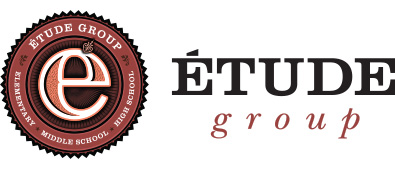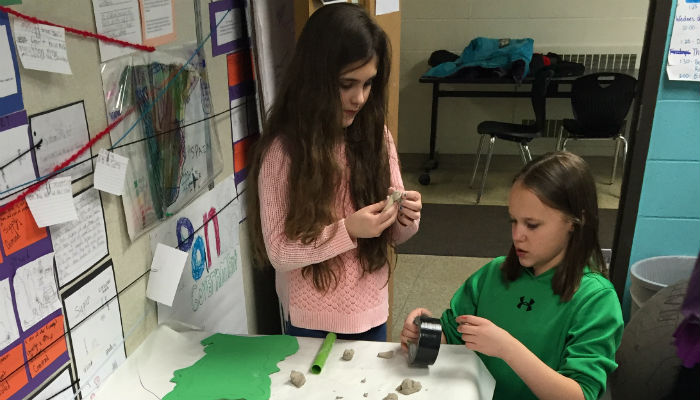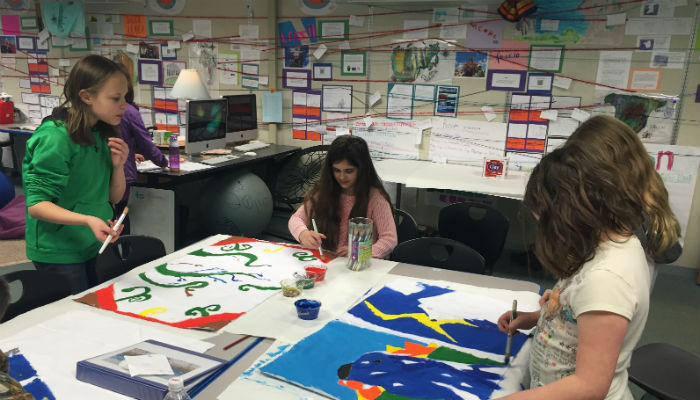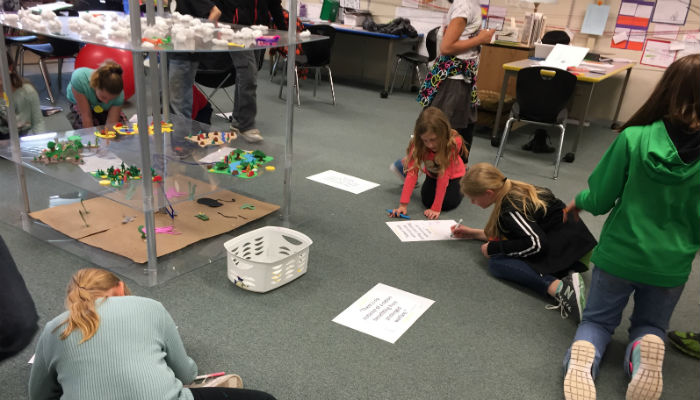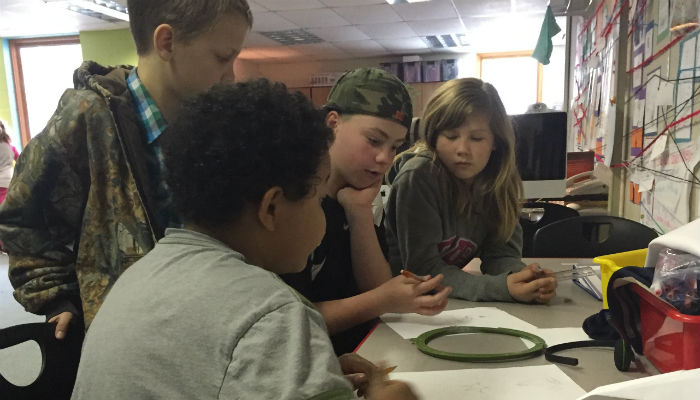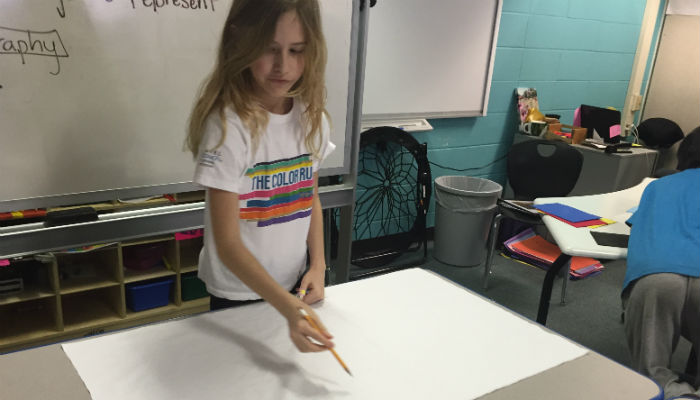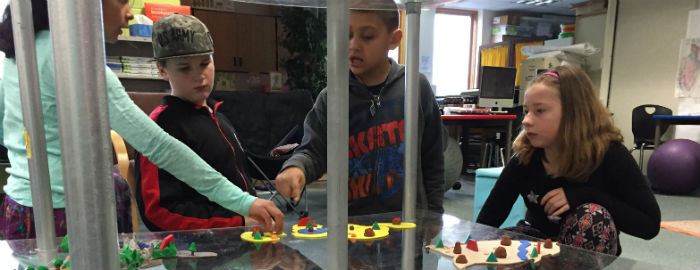
Students in the 4th and 5th grades at ESAA spent time this spring participating in the World Peace Games and were guided by the essential question, “How can people better understand each other?”
As an introduction to the project, students researched existing countries. Their work helped them make connections for what makes a successful country. Based on their research of existing countries combined with some assigned parameters, each small group developed their own country. This process required imagination, discussion, collaboration, and compromise. ESAA's process also differed from other variations of the World Peace Games because our students created their own countries instead of being provided with an existing country or one that was created by their teachers.
Every student had a role in helping their country. Students would work as a group to discuss possible solutions to each day's situation before moving on to their “jobs.” There were country leaders, bankers, country treasurers, military leaders, and representatives for the United Nations, the World Bank, and the World Market.
Students were presented with a real world problem each day the game was played. After the topic was shared, students prepared by completing readings and research on the topic followed by reflection (I used to think, now I think). After this time of reflection and sharing, students would find out the crisis for the day. Sometimes the crisis was a natural disaster; sometimes it was a man-made crisis created by the group’s previous actions or inactions. One of the final scenarios was an energy shortage prompting the consideration of nuclear energy. Because of the seriousness of this issue, additional research and reflection was incorporated into the day's processes.
A typical day involved the world leaders meeting at the United Nations to discuss the crisis and work on solutions while others worked through day-to-day issues. Each country’s representatives would make decisions on whether or not to build schools, buy or sell resources or energy, accept refugees and other management decisions. Income based on natural resources, weather, and food harvest were determined by rolling dice or a spin with a game piece.
Their actions and inactions in representing their country and the decisions they made affected how successful they would be. Sometimes the decisions of the world leaders were more science fiction than feasible solution. In those cases, a teacher facilitated the outcome for the day. This wasn’t a situation where our teachers told the students what to do. Students would be informed that their plan of action didn’t work the way they intended and now there were new circumstances.
It was fascinating to observe as the students transformed from leadership that instantly proposed using their militaries to solve their problem to leaders that thoughtfully discussed, collaborated, and compromised to get things done. This was encouraged by the teachers that presented increasingly complex situations as students played the game.
The creative process for this project was different than with ESAA's traditional projects. Each “round” of play (or day of study) required creating, presenting, revising, and reflecting on the process. The work was not moving towards the creation of a product, but moving towards better communication and collaboration in their world. It was through their representation of their countries that the greatest student thinking took place.
As these students enter fifth and sixth grade, they do so with stronger Habits of Learning – especially collaboration and communication. They also take with them the ability to thoughtfully examine real world issues and respectfully work together for solutions as a community. This may be one of the most enduring components of their education as our students grow and become engaged members of their communities.
